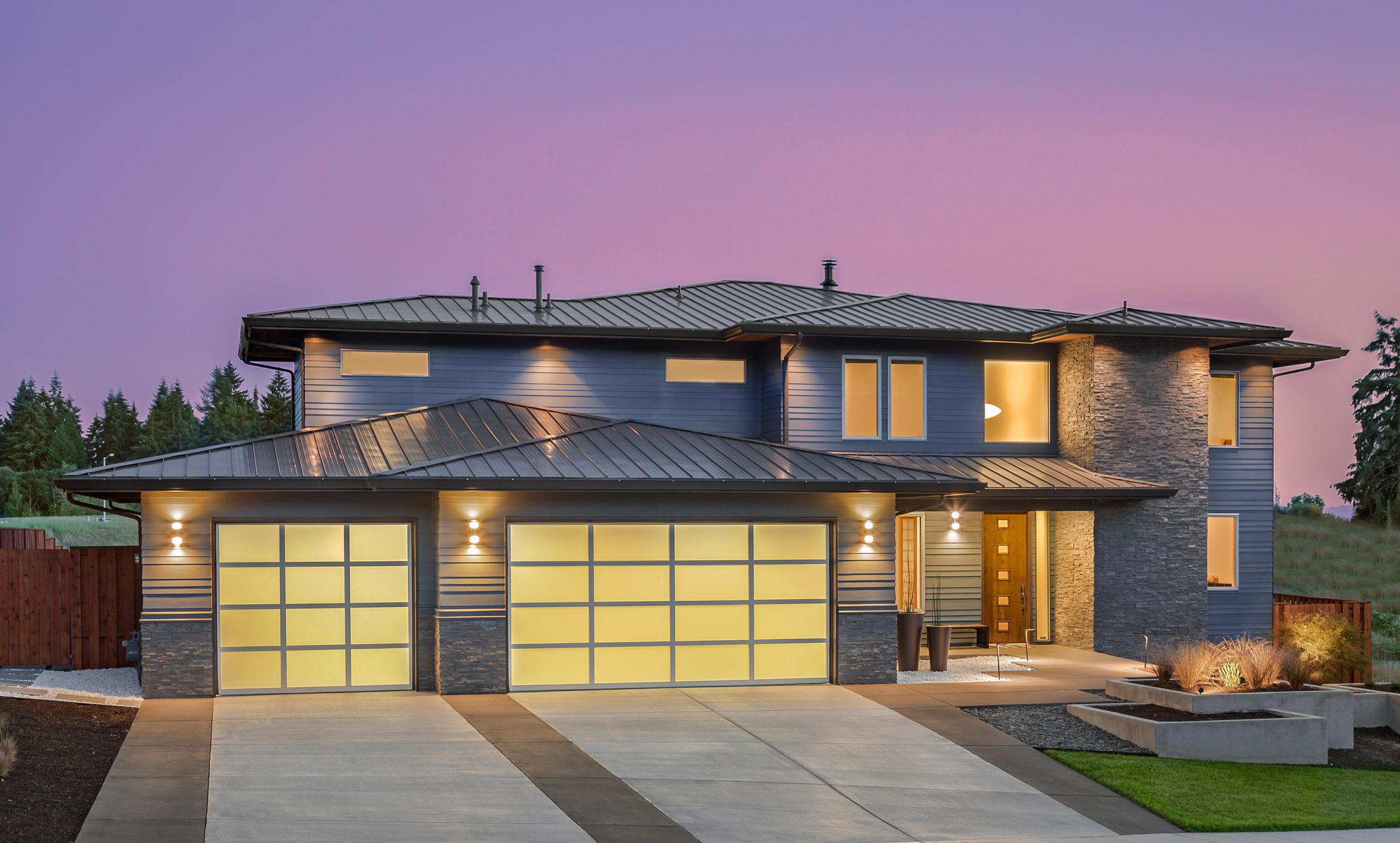
If you’ve been glued to the endless stream of home improvement shows on TVs during the pandemic, then you may be thinking about what you should do to improve your property.
They inspire you to be creative and often encourage you to address issues with your home that have been bugging you for months, maybe even years.
But home improvement is not as simple as they make it seem on the TV, of course. Planning and preparation is the foundation of a successful project – and sadly, it doesn’t all get done in a convenient one-hour timeslot.
As an experienced local real estate agent, I’ve witnessed many of my clients take on projects to prepare their home for sale.
This is a great idea, as it always enhances their opportunity to maximize the value of your home. But you should choose your projects carefully.
So, before you spend your hard-earned cash on an upgrade, talk to an agent about where you’d achieve the best return on your investment. I’d be happy to help you out.
Another key approach is to be able to plan a realistic budget to ensure it doesn’t burn a big hole in your bank balance. There’s one golden rule: whatever the size of the project, put aside 20% of the budget for any unexpected problems. This way, you’ll be in a position to financially handle anything that’s thrown at you.
Below is a list of tips on how to establish a budget as this will help you contain costs.
- Clear vision – Take your time to establish what you want to achieve. Changing your plans midway through a project is expensive and can cost time. That becomes annoying if that means delaying your plans to sell.
- Two-stage process – Establishing a budget is a two-step process. First of all, you should get ballpark figures so you’re satisfied the project is affordable. You should do this by researching the cost of materials and talking to contractors about general costs.
- Include everything – Forgetting to factor in some of the basic costs will blow a hole in your budget. Always include the expense of demolition, insulation, plumbing, wiring, and the installation of insulation and drywalls, and taking away old building materials.
- Quote me on that – Get three quotations. Brief each contractor in exactly the same way. If you don’t, your quotes won’t be comparable. Check each candidate’s licenses and insurance. If you’re having trouble deciding, consider your comfort factor with each of them and their communication skills.
- Avoid vague estimates – If your contractor is a little vague on costs, especially around materials, you should pin them down and double-check prices.
- Sanity on a spreadsheet – Before you actually decide to go ahead, put all the actual costs into a spreadsheet, itemize everything and calculate the total cost. This should not only inform your decision to proceed but be your guide as the project progresses.
- Trim away – If the costs are a little steep, you’ll be amazed how a spreadsheet will help you trim them back. Ask your contractor for help. They’re usually full of good ideas and intentions because they’ll want the work to go ahead, too.
- Staged approach – On big projects, a contractor will do the work in stages and invoice you the cost for that work. In this scenario, you should create a second spreadsheet and break down the costs and work for each of these stages. Again, this will help you manage the project.
- And remember … Put 20% of the cost aside for unforeseen problems. That way, you’ll avoid any financial stress from cost overruns. It’s advice worth repeating!
